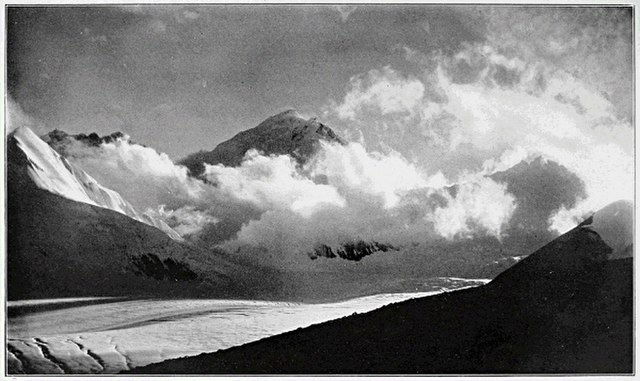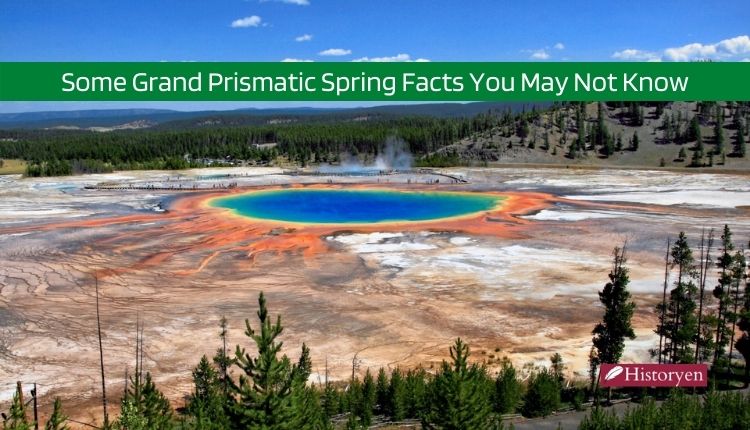Introduction
As a reporter from the BBC once stated, “When [Mount] Everest takes a life, it also keeps it.” The number of bodies on Everest grows every year from the climbers who lose their lives on its slopes. Causes of death include hypothermia, exhaustion, lack of oxygen, and falls, among other realities. Once the bodies are frozen, they become attached to the hillside, and on Everest, they stay – permanently. One of Everest’s most famous residents, Green Boots, who fell victim to the deadliest day in Everest history, resides at a particular location on the mountain where most hikers must pass. As a result, Green Boots on Everest has become one of the landmarks for those heading up the slopes.
So who is Green Boots? Not many know the real story behind his life or what led him to climb Everest. In reality, he’s believed to be Tsewang Paljor, an Indian climber who passed in the 1996 Everest Disaster. If you ever find yourself trekking up Mount Everest, keep an eye out for some neon green boots. They may just come in handy.
Green Boots: A Tragic Fate on Everest
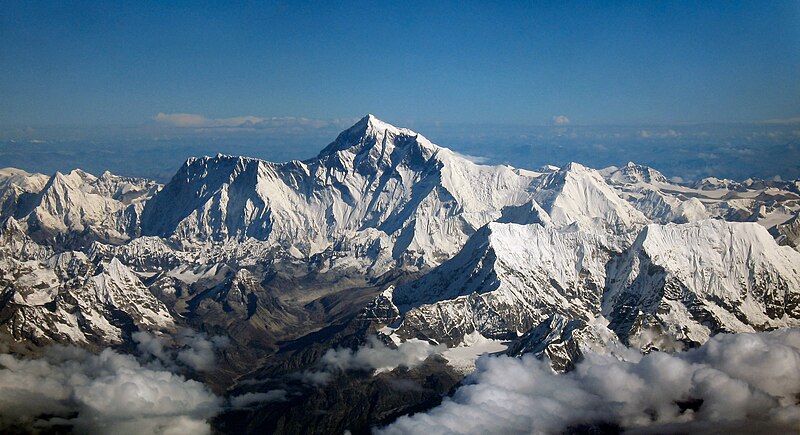
May 10, 1996, marks a sad day in Everest history. When a massive blizzard hit the mountain, it took the lives of eight climbers, including Tsewang Paljor, culminating in the highest body count on Everest in a single day. Several experienced guides perished while leading groups of climbers with minimal mountaineering experience, like socialite Sandy Pittman, who received only minor frostbite.
Of the Indo-Tibetan Border Police group, which Paljor served as a member of, only one of four officers survived.
The Youthful Journey of Green Boots
After completing the 10th Grade, Tsewang Paljor dropped out of school to help support his family. Hailing from a region in the Indian state of Jammu and Kashmir called Ladakh, Paljor grew up around the mountains. Soon after leaving school, he joined the Indo-Tibetan Border Police, or ITBP, which made his family proud. It was with the ITBP that he made this fateful summit, one that cost him his life at just 28 years old.
Debating the True Identity
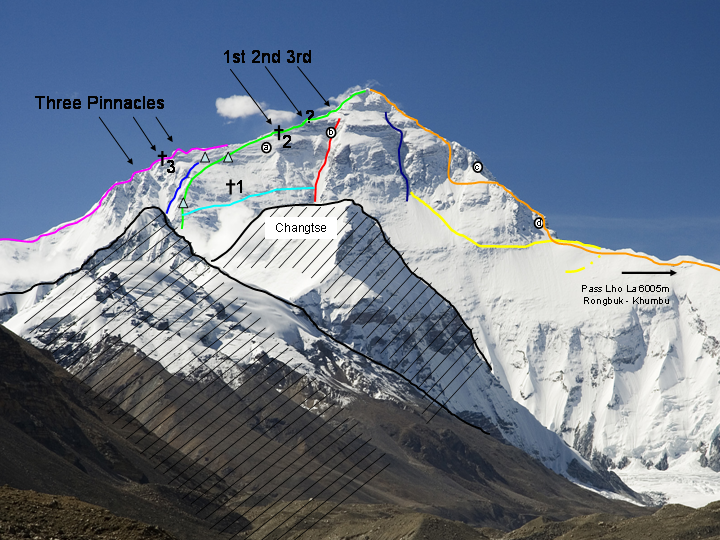
Although most feel certain the body known as “Green Boots” is Tsewang Paljor, the Himalayan Journal suggests it may be the body of another member of the Border Police climbing team. In his writings, Senior Deputy Leader of the team, P.M. Das, claims Paljor’s body disappeared, and therefore Green Boots may actually be Lance Naik or Lance Corporal Dorji Murup.
Murup’s body, if it is not Green Boots, never turned up. Sadly, there is no way to know with absolute certainty to whom the body belongs.
A Perpetual Guide for Climbers
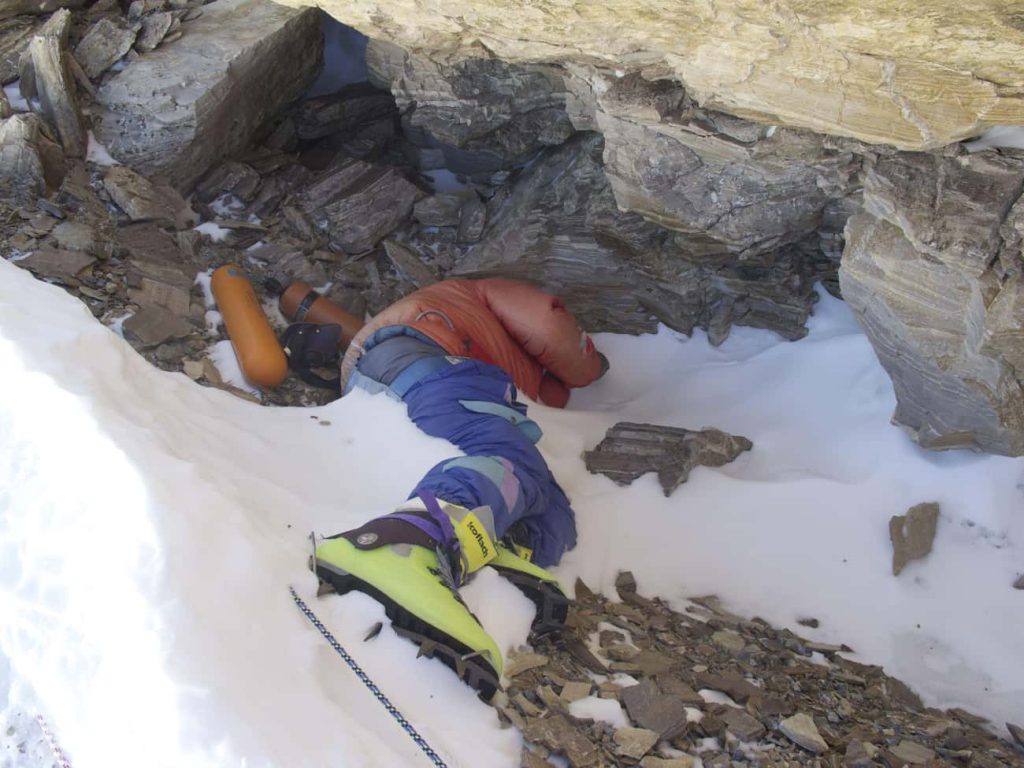
Everyone approaching Everest’s summit from the North side must pass by Tsewang Paljor’s body. His presence and distinctive boots have led to him becoming a trail marker. He passed away at 8,500 meters, so climbers know when they see him just how close they are to the summit of the mountain.
Another Tragic Incident Near Green Boots
20 years and five days after the death of Green Boots, a 34-year-old British man named David Sharp passed away in the same cave. Trekking alone, Sharp succumbed to hypothermia as up to 40 other trekkers passed him by in an area known as the “Death Zone.” Reports say many of the other climbers failed to offer him assistance, either believing him to be “Green Boots,” or taking him to have simply passed already.
By the time people discovered Sharp needed help, it was much too late. At the request of his family, Sharp was moved a year later.
Green Boots and the Legacy of the Fallen
While nobody knows exactly how many bodies still reside on Mount Everest, the estimate clocks in at just over 280. The records on which bodies reside where reveal most of the Sherpas, Himalayans who reside on the Tibetan-Nepali border, perish on the mountain at lower altitudes while foreigners lose their lives closer to the top. According to the Himalaya Database, most climbers expire either ascending or descending from the summit, with fewer dying just at base camp.
Those who perish on the mountain have borrowed the old sailor tradition of staying where they fell, and only a select few receive nicknames from passing climbers.
The Mystery of Green Boots Unraveled
In 2014, climbers on Everest reported that Green Boots was missing. For the next three years, climbers never saw him or several of the other more prominent bodies laying along the trail. Most assumed the bodies were moved or covered, but lack of evidence fails to say what exactly happened to them. In 2017, reports of Green Boots sightings occurred, but other reports say his body remains covered out of respect.
Honoring Green Boots: A Moral Dilemma for Climbers
Because he lies so close to the trail, Green Boots is extremely visible to other climbers. Sadly, during certain levels of snowfall, his legs actually extend into the path, and other climbers must step over him to pass by. While merely upsetting for some climbers, many others find it downright disrespectful to leave the bodies of climbers like Green Boots in the path.
Seeking Refuge with Green Boots
According to accomplished mountaineer Noel Hanna, about 80% of the people who take the summit approach from the north side take time to rest in the small cave where Green Boots lays. He says it’s very hard to stop there and not notice the person sharing the cave with you.
Because the little enclave provides shelter from the wind, it remains a popular spot for people to sit and catch their breath or even have a snack beside Green Boots.
The Challenging Reality of Moving Bodies on Everest
As much as the families of Mount Everest’s victims want their loved ones back home, giving them a proper burial is rarely a possibility. Once the bodies become frozen, they become extremely difficult to move and pose a few logistical challenges. Encased in ice, they not only stick to their locations but are also much heavier once removed.
It takes the work of multiple Sherpas (usually six-to-eight) who must put their own lives in danger. The removal of a body also costs thousands of dollars, so some families opt instead for a respectful concealment of the bodies from any prying eyes along the trail.
Conclusion
Green Boots remains a poignant symbol of the dangers and mystique surrounding Mount Everest. The enigma of his true identity adds to the mountain’s allure, as climbers continue to pass by his final resting place. As we reflect on the lives lost and the indomitable spirit of those who dared to conquer Everest, let us remember the enduring legacy of Green Boots.
Eight climbers lost their lives in the 1996 Everest Disaster, including Tsewang Paljor.
While there were reports of Green Boots sightings in 2017, his body remained covered as a sign of respect.
Climbers approaching Everest’s summit from the North side use Tsewang Paljor’s body, with his distinctive green boots, as a trail marker.
An estimated 280 bodies of climbers still reside on Mount Everest.
The bodies become frozen and adhered to the mountain, making their removal both dangerous and expensive. Families often choose respectful concealment instead.
